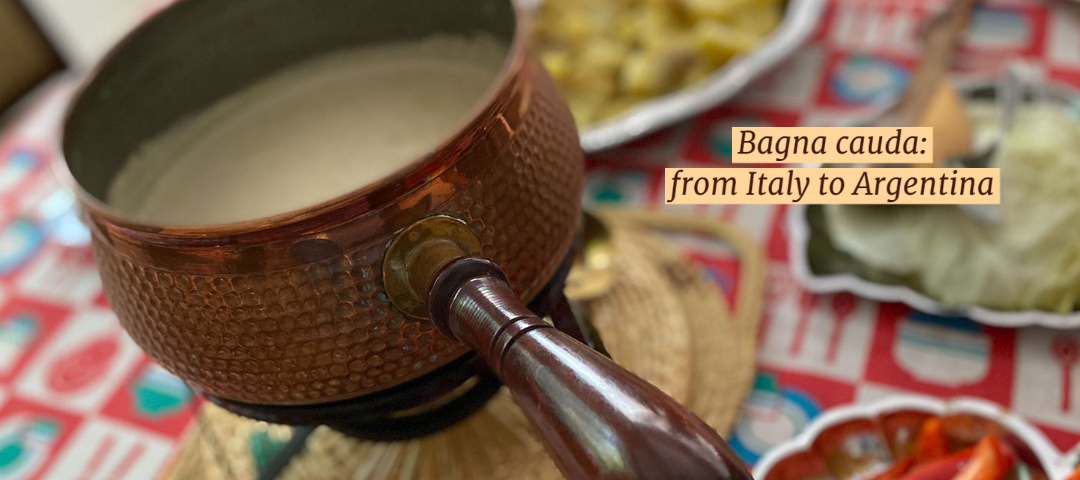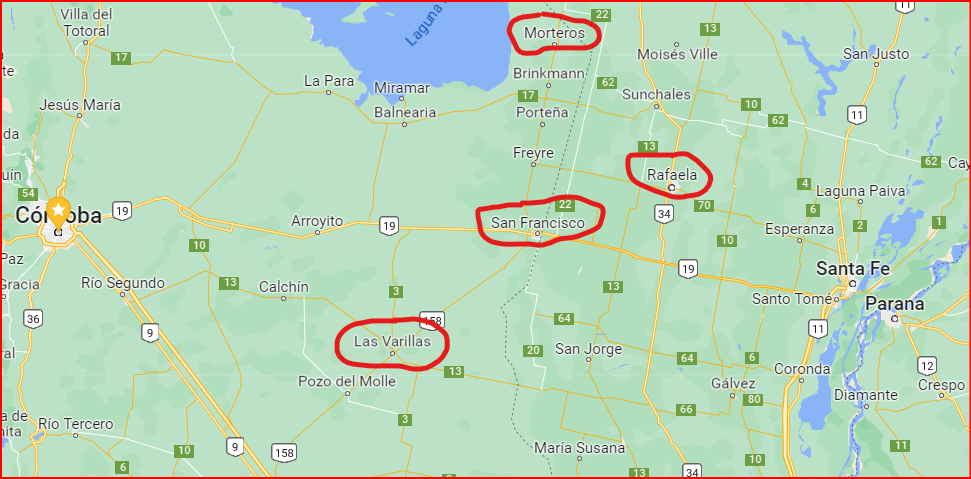
“Semana Santa” in Latin America
03/04/2023
5 important benefits of learning a foreign language as an adult
19/04/2023Bagna Cauda: Italian tradition in Argentina

A traditional dish from the Piedmont, Italy that anchored in Cordoba, Argentina
The history of bagna cauda has deep roots in Italy, a nation with substantial historical ties to Argentina. Between 1850 and 1890, numerous Italians emigrated to Argentina, originating from various regions across Italy, including the north, south, east, and west.
My family originates from the Piedmont region in North-West Italy, which is the second largest region of the country after Sicily. Turin serves as the capital and is the most populated city in this region.
The Piedmont region is known for its agricultural activities, and migrants from this area who arrived in Argentina became farmers and cultivated the land. This practice, maintained to the present day, has led to many successful exporters.
The Piedmontese people historically resided in the region between western Santa Fe and eastern Cordoba. Towns such as San Francisco, Morteros, Rafaela, and Las Varillas continue to uphold Piedmontese traditions and values. An example of these customs is the culinary tradition known as bagna cauda.
Bagna cauda is a traditional dish of the Piedmont, typically enjoyed during the colder months, especially in the winter, and is perfect for sharing with family and friends. In Argentina, it is also very popular in Semana Santa (Holy Week).
The dish itself is a warm anchovy-garlic creamy sauce served with various vegetables for dipping, and accompanied with bread – as if it were a saucer. The name bagna cauda literally translates to "hot bath" in Italian, which is a good name for a dish that is meant to warm you up from the inside out.
To prepare bagna cauda, a base of olive oil, garlic, and anchovies is slowly cooked over low heat until the flavours meld together. The sauce is then served in a fondue pot or other heat-proof vessel to keep it warm, with an assortment of vegetables arranged around it for dipping. Common vegetables include celery, fennel, potatoes, carrots, and cabbage, but tomatoes, peppers and mushrooms are also delicious with the sauce. Broccoli and cauliflower are particularly delightful, as the garlicky anchovy sauce seeps into every crevice, creating a melt-in-your-mouth experience. 😋
Bagna cauda is a cherished dish in Argentina, often enjoyed during special occasions and holidays. It's perfect for sharing, as it encourages guests to gather around the table and enjoy each other's company while indulging in a warm, comforting meal. Additionally, it's a great way to incorporate more vegetables into your diet, as the sauce adds a flavourful kick that makes even the simplest vegetables irresistible.
This dish is both simple and exquisite, making it a likely favourite in any household. It offers an excellent opportunity to engage with the rich culinary traditions of Argentina and Italy.
Would you like to experience bagna cauda at home? Here is a recipe:
Recipe (serves 4 people):
Ingredients
- 1/2 cup olive oil
- 1 head garlic, minced
- 1/2 cup anchovy paste
- 1 kg cream
- 1/2 cup milk
- 1 teaspoon corn starch
Instructions
- Warm up the olive oil in a saucepan over medium heat.
- Add the garlic and the anchovy paste, and cook for 1 minute, stirring well.
- Add the cream.
- Dissolve the corn starch by adding milk until smooth and add it to the cream.
- Still well until combined
- Serve warm with your favourite vegetables and bread.
Enjoy! 😋
View this post on Instagram


